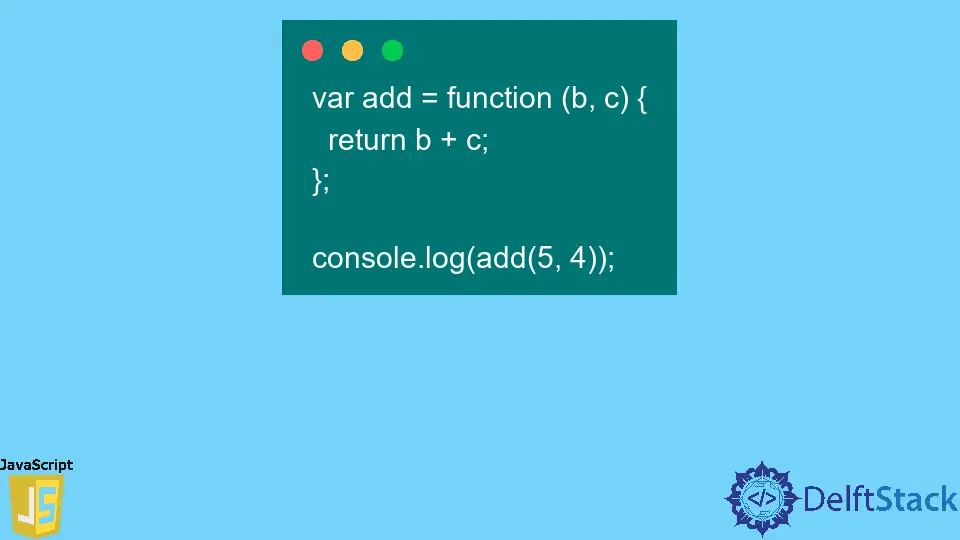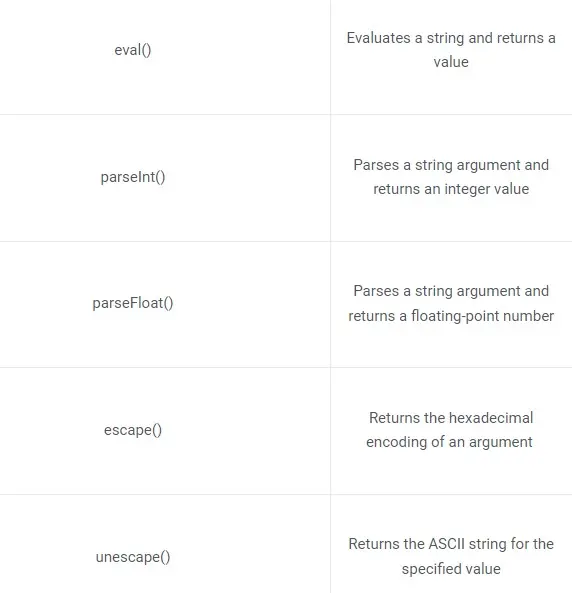Difference Between JavaScript Inline and Predefined Functions
- JavaScript Inline Functions
- JavaScript Predefined Functions
- JavaScript Function Statement
- JavaScript Function Expression

This tutorial will look into the inline functions and predefined functions in JavaScript. They are also called Named Functions, so we will try to understand Function Expression and Function Statement.
JavaScript Inline Functions
An anonymous function encased in a variable is an inline function in JavaScript; it is constantly invoked using the anonymous function’s URL. Anonymous functions are not essential and are formed at run time.
The fact that both anonymous and inline functions are created at runtime makes them almost equivalent. On the other hand, an inline part is allotted to a variable and may thus be reused.
In this regard, inline functions work just like regular functions.
Example Code:
<script type="text/javascript">
var samelineFunc = function () {
alert("inline function");
};
$('#inline_func_c').click(samelineFunc);
</script>
Output:

For the inline function, a variable was generated that may be utilized anywhere at any time.
JavaScript Predefined Functions
A collection of predefined functions in JavaScript carry out specific tasks when invoked. Some of them are as follows:

Example Code:
var k = 50;
var b = 30;
var c = eval('k + b');
document.write('The result of eval is: ' + c + '<br>');
Output:
The result of eval is: 80
JavaScript Function Statement
The function statement declares a function. When a defined process is invoked later, it is preserved for later use and will be run.
Function declarations must begin with function, just as variable declarations must begin with var.
Example Code:
function add() {
return a;
}
The function had only been declared here. It has to be called using the function name to be used. e.g., add();
Let’s see the example of using function expression:
function add(b, c) {
return b + c;
}
console.log(add(4, 5));
Output:
9
JavaScript Function Expression
A function expression and a function declaration are similar, but a function expression can be placed in a variable. The function is called as soon as it is defined with an expression.
An expression may also be used to describe a JavaScript function. Keeping a function expression in a variable is possible.
Example Code:
var add = function(b, c) {
return b + c;
};
A variable can be utilized as a function after a function expression has been put in it. Function names are not required for functions stored in variables.
They are constantly called (invoked) using the variable name.
Example Code:
var add = function(b, c) {
return b + c;
};
console.log(add(5, 4));
Output:
9
Function expressions load once the interpreter reaches that line of code, while function declarations load before any code is performed.
Function declarations are elevated to the top of other lines of code, much like the var statement. Function expressions can keep a copy of the local variables from the scope in which they were declared because they aren’t hoisted.
Function expressions can be used as closures, parameters for other functions immediately invoked function expressions and different ways to make them more useful than function declarations (IIFE).
Shiv is a self-driven and passionate Machine learning Learner who is innovative in application design, development, testing, and deployment and provides program requirements into sustainable advanced technical solutions through JavaScript, Python, and other programs for continuous improvement of AI technologies.
LinkedIn